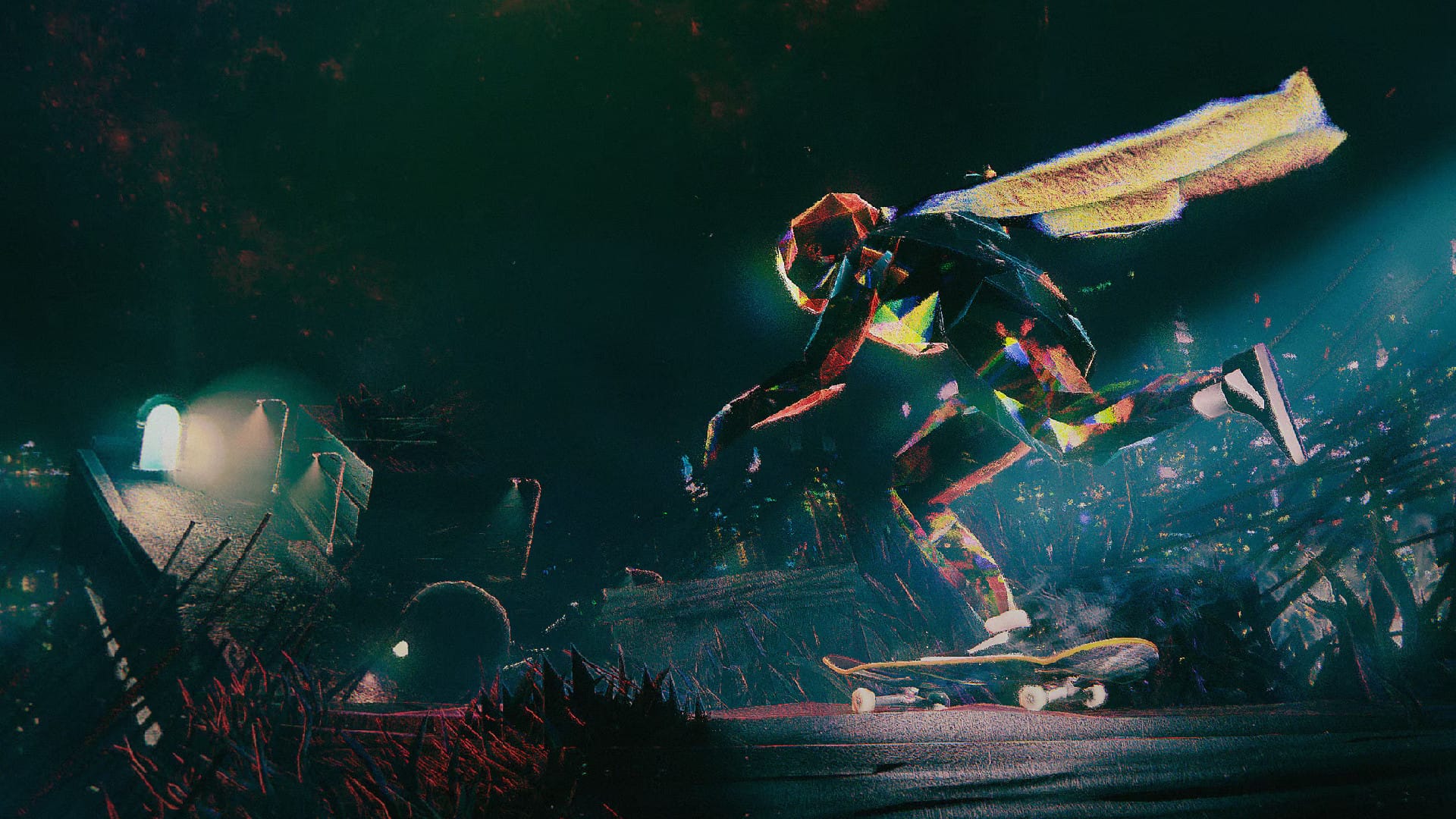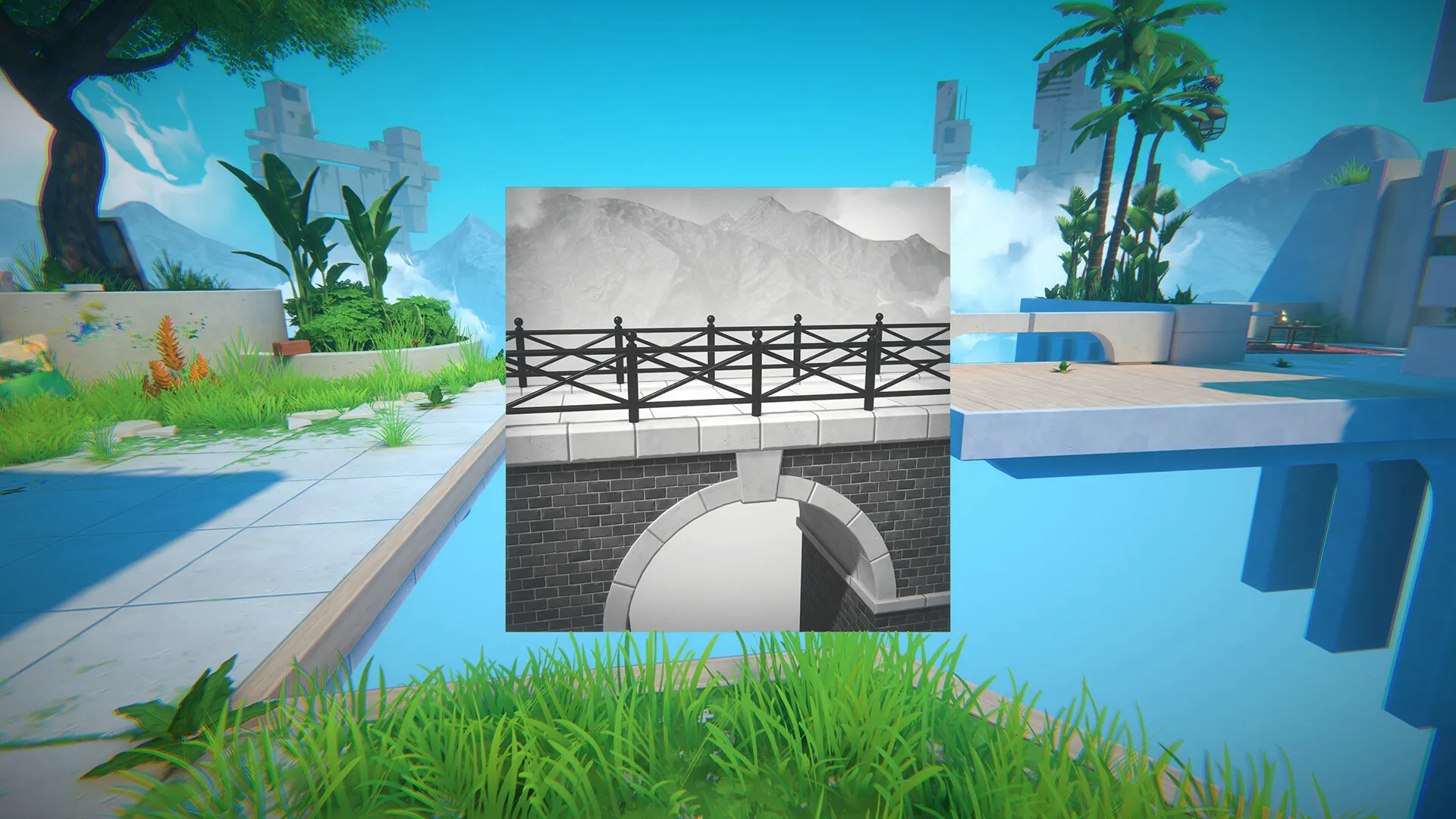The 2003 film Master and Commander: The Far Side of the World remains one of the most historically faithful filmic representations of life about a Royal Navy ship during the Napoleonic Wars. The HMS Surprise, commanded by the fictional Captain Jack Aubrey, tracks the French privateer vessel Acheron around the Cape of Good Hope, despite the fact that Surprise is outgunned and outmanned by her foe. It’s a thrilling tale of adventure and courage, filtered through the rigidly hierarchical functioning of an early 19th Century warship. Indeed, a midshipman is vilified as “Jonah” (one who brings bad luck on the crew) due to his jovial behaviour with crew members below his rank. While Return of the Obra Dinn features a good deal more fantastical elements than Master and Commander, it nonetheless does an admirable job of bringing life at sea in the Napoleonic era startlingly into focus. All this, despite the fact that nearly everybody in it is dead.
Return of the Obra Dinn is best described as a backwards detective game. The year is 1807, and you play the role of an insurance adjuster for the East India Company. The Obra Dinn, presumed lost at sea in 1803, has been rediscovered adrift off the coast of Falmouth, England. The ship is in a bad state and completely deserted, the entire crew of 51 men and 9 passengers killed or missing in mysterious circumstances. With the use of a logbook to record the story, plus a mystical Memento Mortem pocket watch, it is your job to determine what happened to passengers and crew of the Obra Dinn. Not collectively, but individually, accounting for every last soul. In first-person, you wander across the monochromatic ship, gradually exploring it from stem to stern. The main gameplay loop is that after finding a corpse on board the Obra Dinn, you use the pocket watch to rewind time to the moment of the person’s death. You hear about 20 seconds of dialogue and noise prior to their demise, followed by a frozen tableau of their final moment. With the information you get from the dialogue, plus any deductions you can ascertain by investigating the frozen scenes, you must piece together three things: Who the person is, how they died, and who or what killed them.

Often, the easiest bit of information to deduce is how someone died. The frozen tableau will show various people being shot, stabbed or clubbed, but often you won’t have a clue who is the culprit, or even who is being killed. Every person on the Obra Dinn is identified by a drawing within the logbook, and examining people within the tableaus will show who they are in the drawings. However, attaching a name to a face is tough work, as only very rarely will you be given names. Instead, you must gradually deduce identities, drawing on all the information at your disposal. For example, one crew member says the word “Verdammt!” in dialogue before he expires. This is a German word, and so must mean that the speaker is from a German-speaking country. Many other people will also appear in the death tableaus of other crew members, which gradually helps to build up a complete picture of what happened. The ship manifest lists everyone on board, and helpfully also includes their nationalities. Indeed, listening to accents is important in many situations.
The story is similarly told in a back-to-front fashion, broken into separate chapters delineated by the logbook. Piecing together not only what happened to each member of the Obra Dinn’s crew and passengers, but also the overarching story is a singular joy. A story like this hasn’t been experienced since something like Her Story, which has a similar style of back-to-front narrative. The care and attention that went into crafting the narrative and characters of Return of the Obra Dinn is second to none, and is a testament to the lengthy development Lucas Pope committed to it since the release of his last game, Papers, Please in 2013. A small criticism is that like Her Story, subsequent playthroughs unfortunately aren’t that rewarding, as you will naturally remember the names and identities of many individuals.

On a graphical level alone, Obra Dinn is an extraordinary experience. The entire game is presented in two-tone monochrome, with several different filters depending on what style of old computer monitor you want to mimic. By default it presents like the original Mackintosh, and has a locked low-resolution that can only be smoothed by shrinking the playable area into a smaller window. While you might think this would make the game look ugly, on the contrary it makes it look like you’ve stepped into a William Hogarth line-drawing. The graphical style actually compliments the subject matter of the game, and can still be very detailed if you get up close to characters. At the same time, the musical score is an era-appropriate string section, which has several motifs that repeat in various sections of the game. Music is normally triggered when entering a death scene, and on successfully completing a number of fates within the logbook. It sounds great, although I wish it had a tad more variety.
It might feel hyperbolic to describe Return of the Obra Dinn as a masterpiece, but it’s the best descriptor I can honestly think of. While playing it can sometimes be fairly repetitive thanks to the cyclical nature of finding a corpse, looking at the death tableau and then working out the cause of death, you are constantly on your toes as each new death will reveal new titbits of information, new clues to track down identities and solve murders. This is the kind of game where you should ideally keep a notebook handy, as jotting things down is often the best way of trying to fit the various pieces of the Obra Dinn jigsaw together. At the end of the day, that’s really what Return of the Obra Dinn is: A detailed, elaborate, complicated and exquisitely crafted jigsaw. You’re given a few starting pieces, but you must use your brain in order to fit everything together correctly, and the satisfaction of correctly identifying a trio of crew-members is like little else.




